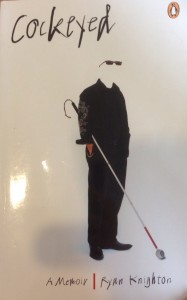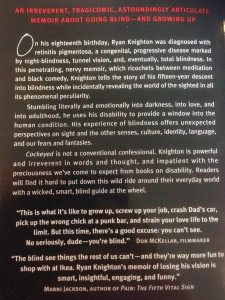Attending the CAP Conference was a wonderful experience. However, while the speakers were amazing and had very interesting work to share with us, I felt that was not the highlight of the event. Rather, I felt that the event was inspirational and wonderful simply because it exist. What was amazing was that there were so many students who volunteered to present and were enthusiastic about their work. The enthusiasm and real interest in what they did shown through. The CAP Conference was a good wrap up for the year due to the way it celebrated knowledge and learning.
We packed so much material into the year. While the course may have been challenging at times, everything we learned can be applied to our future academic learning and writing or real world events. Combining research writing with topical subject matter, like the TRC, achieved this. Not only did we learn how to write, but we left the class more knowledgeable about the world around us. Perhaps we were able to think about a topic from a different perspective, or to apply critical thinking to something we had not previously noticed.
The blog assignments were a great way to achieve this kind of critical thinking or different perspective. Through the blogs, we were able to discuss many issues or express ideas and then have a discussion with our peers. Or we could build off of our peers work, either adding to it or challenging it. Being able to read and understand our peers thoughts on issues discussed in class, and brining in new popular or scholarly sources helped to better our understanding or bring new ideas/perspectives to the table. This kind of work is very beneficial for broadening our understanding and developing our own thoughts.


